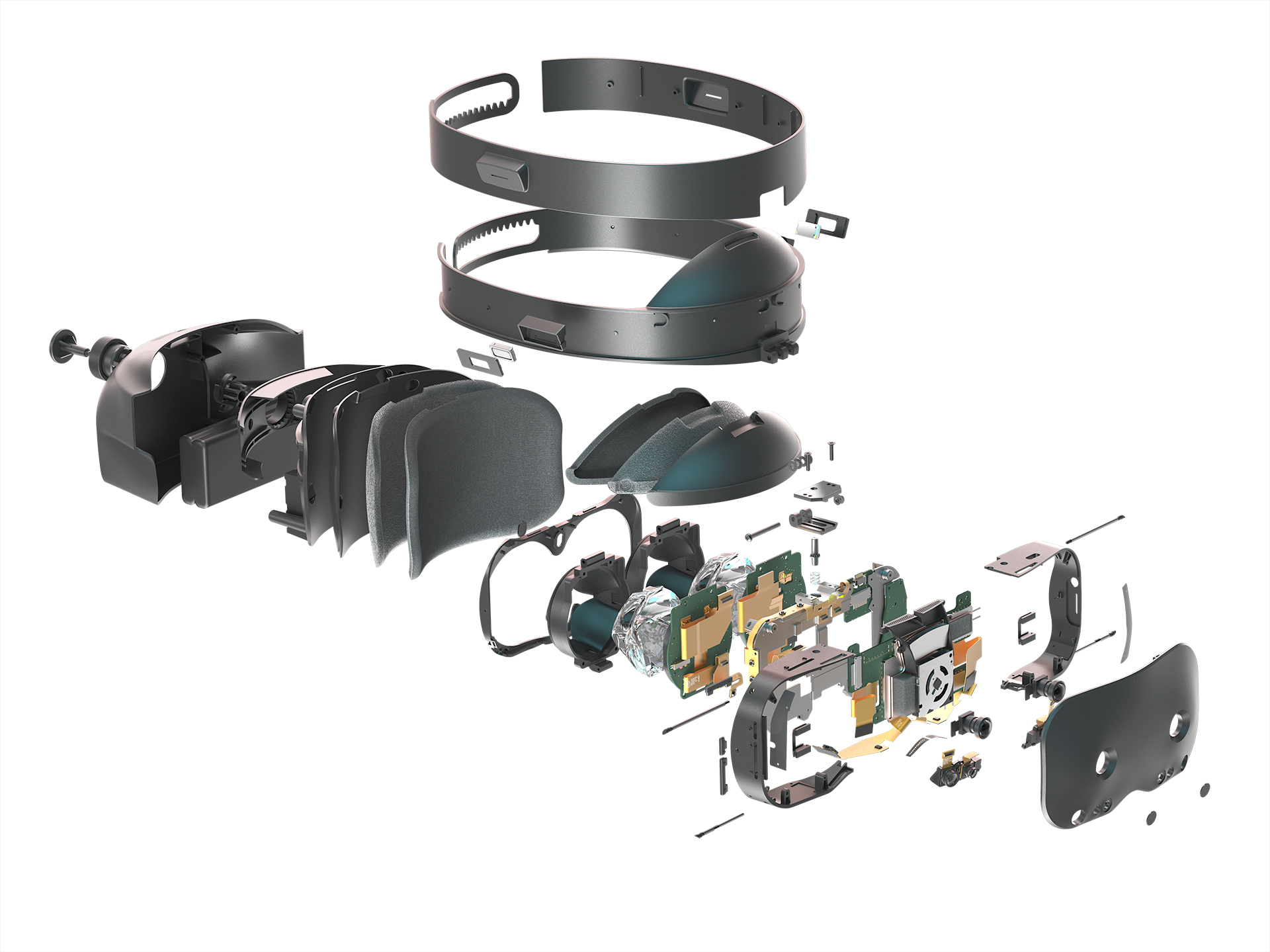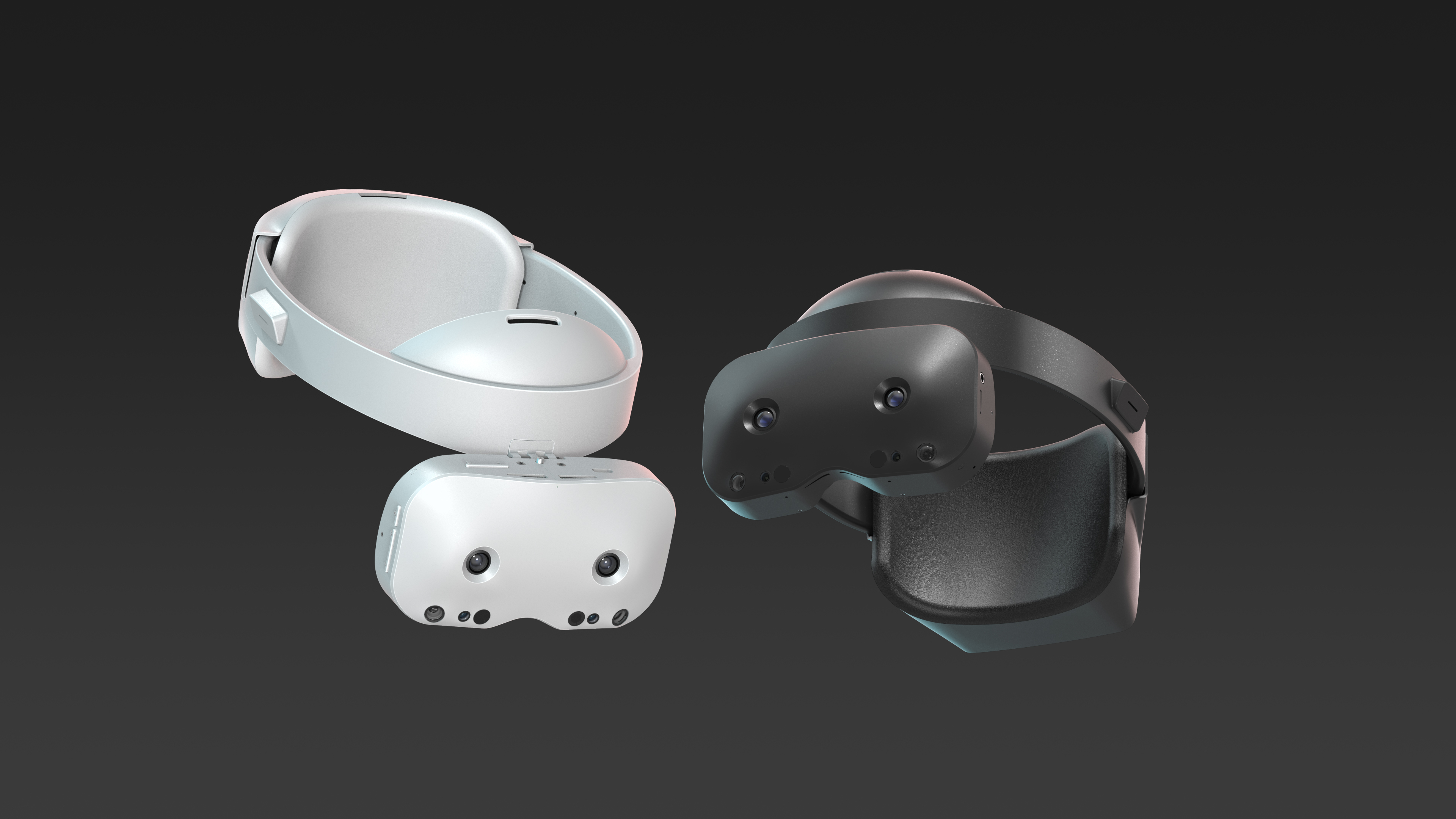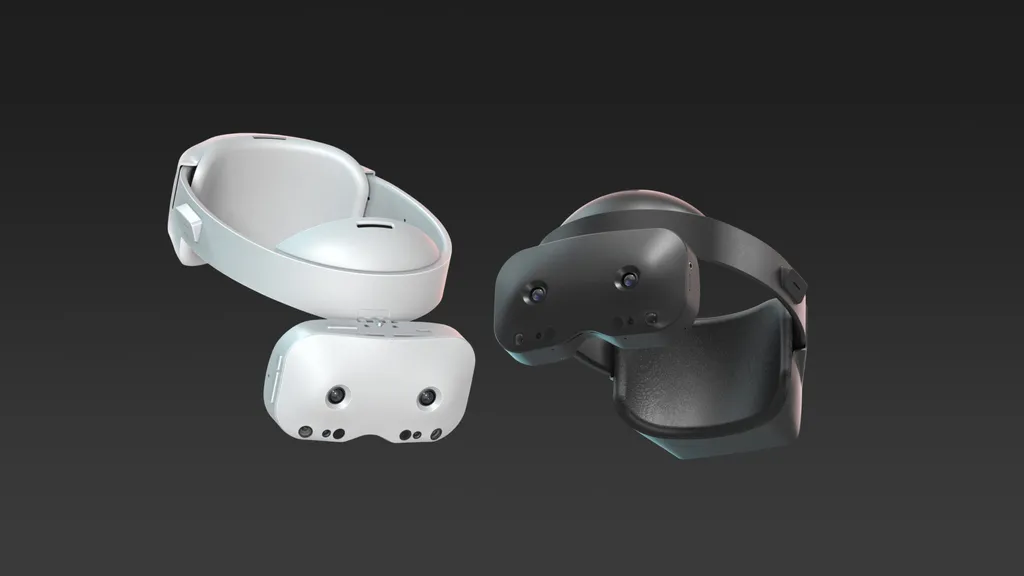French startup Lynx is shifting strategy for its upcoming AR-VR hybrid headset, dramatically lowering the price to target consumers too.
Lynx R1 was initially announced in February 2020 as a $1500 product focused on businesses & professionals. It has the same Snapdragon XR2 processor found in Oculus Quest 2 & HTC’s Vive Focus 3. But whereas those headsets can only show a low resolution black & white view of the real world, Lynx R1 has two dedicated high resolution color cameras for passthrough AR.
This week, CEO Stan Larroque announced a radical shift in his company’s approach. The previous lenses needed expensive eye tracking sensors to account for a relatively small eyebox, but a new lens design has a much wider eyebox.
Since eye tracking is no longer needed for the lenses, Lynx R1 is ditching the feature. Larroque says this enables a price of “just a few hundred dollars” for consumers. The other specifications – including dual 1600×1600 LCD panels running at 90Hz with independent lens separation adjustment – remain unchanged.
Larroque expects headset sales to consumers will generate “very little” profit, but higher-priced sales to businesses and fees from a planned app store will subsidize this. He suggests the pivot to consumer is “a bet”, partly motivated by a need for competition in the VR space.
“On the privacy side of things, on the open ecosystem, I don’t see a lot of good things happening. I don’t want to live in that future where VR is Facebook Reality”
The new design also adds two IR cameras to the front of the headset for Ultraleap hand tracking, the device’s primary input method. Lynx R1 won’t ship with tracked controllers, but it will support the upcoming FinchShift controllers – announced at $249 in 2019. Larroque says Lynx R1 might build its own tracked controllers in future “depending on how the Kickstarter goes”.

Like Oculus Quests, Lynx R1 runs a modified version of Android and will have a boundary safety system similar to Facebook’s Guardian. Lynx has its own SDK, but also plans to support OpenXR content like Quest.
The app store on Lynx R1 will offer VR apps, AR apps, and even apps that can switch between each at will. Lynx plans to show off games running on the headset in the coming weeks. Larroque is already in talks with several Oculus Quest developers keen to port their titles – though given the front-oriented camera positioning Lynx R1 might not be able to support all games.
In VR mode, a separate facial interface can be attached to block out peripheral light.
At launch Lynx R1 will support SteamVR via USB-C cable to a gaming PC. A future update will add wireless SteamVR streaming. Virtual Desktop developer Guy Godin says he looks forward to supporting other OpenXR headsets.

Larroque acknowledges the enormous challenges involved of shipping consumer tech hardware at scale. He admits he initially underestimated the time needed to develop the product, but almost three years later, with the help of partners like Qualcomm, he’s confident his team can deliver.
“We have a mission to bring a product that people will love, and not be afraid to put on their head.”
Lynx plans to launch a 30 day Kickstarter campaign in September. Larroque expects the product will ship in February 2022. As with all hardware startups, this should be taken as a goal, not a promise.
UploadVR plans to get hands-on with Lynx R1 in the coming months to bring you our impressions of this exciting new device.




























